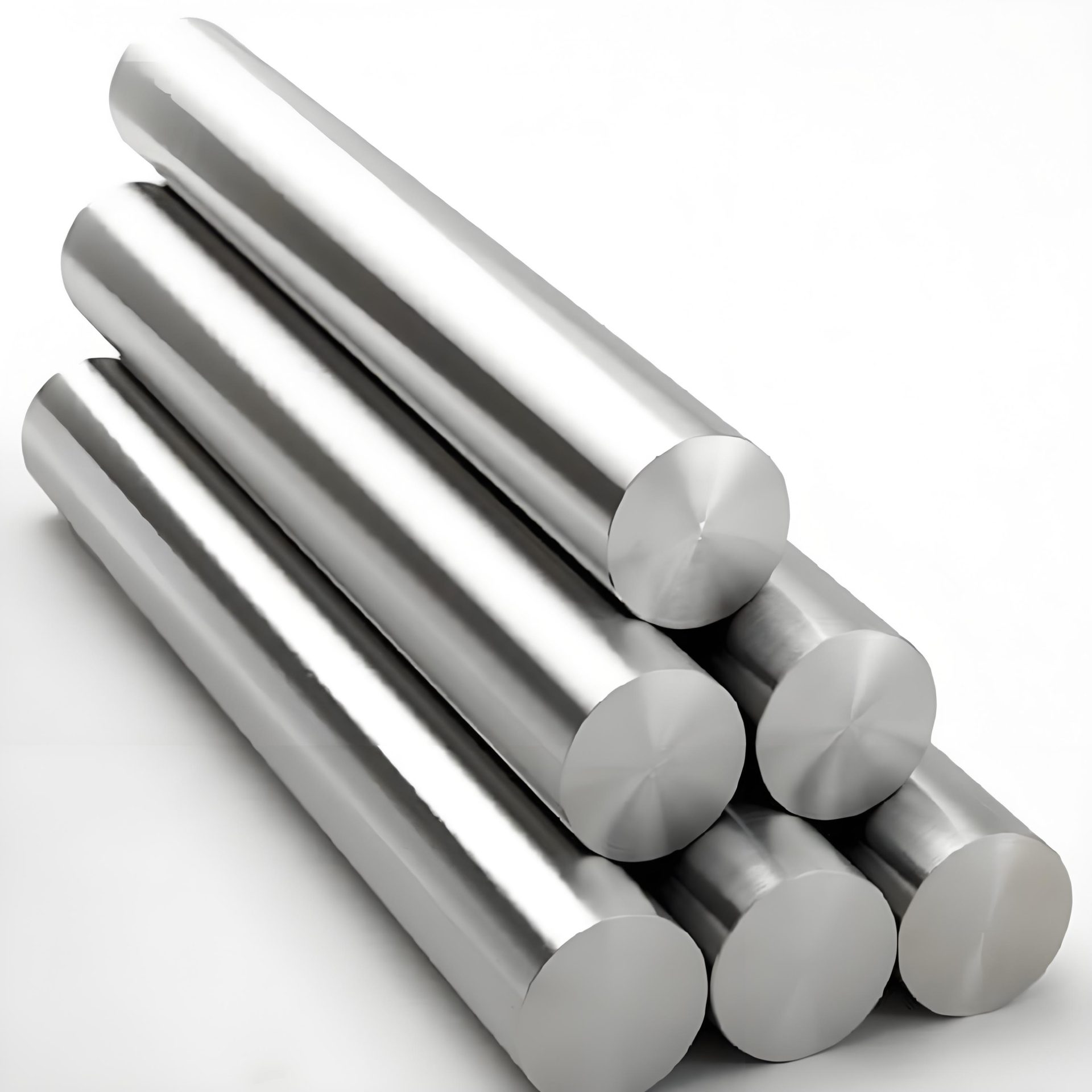High-performance high-speed steel refers to a new steel type that adds alloy elements such as carbon, vanadium, cobalt or aluminum to general-purpose high-speed steel.

1. High-carbon high-speed steel has a carbon content that is 0.20% to 0.25% higher than that of similar general-purpose high-speed steel, causing all the alloying elements in the steel to form carbides, thereby increasing the hardness of the steel. However, the strength and toughness are slightly reduced, and it cannot withstand large impacts.
2. High-vanadium high-speed steel: The increase in the amount of vanadium carbide improves the wear resistance of high-speed steel, refines the grain size, and reduces the overheating sensitivity of the steel. The grinding processability is poor, and the cutting edge is easily burned and annealed, so it is not suitable for manufacturing complex tools such as thread tools.
3. Cobalt high-speed steel Adding cobalt to high-speed steel can improve the thermal stability of the steel, promote the precipitation of carbides during tempering, increase the dispersion hardness effect and improve the tempering hardness, thereby improving high-temperature hardness and oxidation resistance.
4. Aluminum high-speed steel Aluminum high-speed steel is a high-performance high-speed steel containing A1 but not diamond. Because it does not contain cobalt, it still has high strength and toughness. The processing performance is poor, the sensitivity to overheating is large, the quenching heating temperature range is narrow, and the tendency of chemical decarburization is large.


